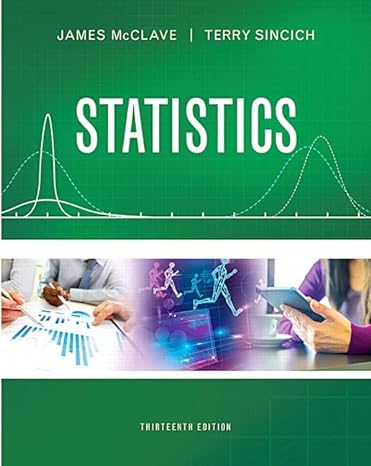Sale prices of apartments. A Minneapolis, Minnesota, real-estate appraiser used regression analysis to explore the relationship between
Question:
Sale prices of apartments. A Minneapolis, Minnesota, real-estate appraiser used regression analysis to explore the relationship between the sale prices of apartment buildings sold in Minneapolis and various character istics of the properties. Twenty-five apartment buildings were randomly sampled from all apartment buildings that were sold during a recent year. The table on p. 792 lists the data collected by the appraiser. [Note:
The physical condition of each apartment building is coded E (excellent), G (good), or F (fair).]
a. Write a model that describes the relationship between sale price and number of apartment units as three parallel lines, one for each level of physical condition.
Be sure to specify the dummy-variable coding scheme you use.
b. Plot y against x1 (number of apartment units) for all buildings in excellent condition. On the same graph, plot y against x1 for all buildings in good condition.
Do this again for all buildings in fair condition. Does it appear that the model you specified in part a is appropriate?
Explain.
c. Fit the model from part a to the data. Report the least squares prediction equation for each of the three building condition levels.
d. Plot the three prediction equations of part c on a scatterplot of the data.
e. Do the data provide sufficient evidence to conclude that the relationship between sale price and number of units varies with the physical condition of the apartments?
Test, using a = .05.
f. Check the data set for multicollinearity. How does your result affect your choice of independent variables to use in a model for sale price?
g. Consider the first-order model E1y2 = b0 + b1 x1 + g+ b5 x5. Conduct a complete residual analysis for the model to check the assumptions on e.
Step by Step Answer:

Statistics Plus New Mylab Statistics With Pearson Etext Access Card Package
ISBN: 978-0134090436
13th Edition
Authors: James Mcclave ,Terry Sincich




